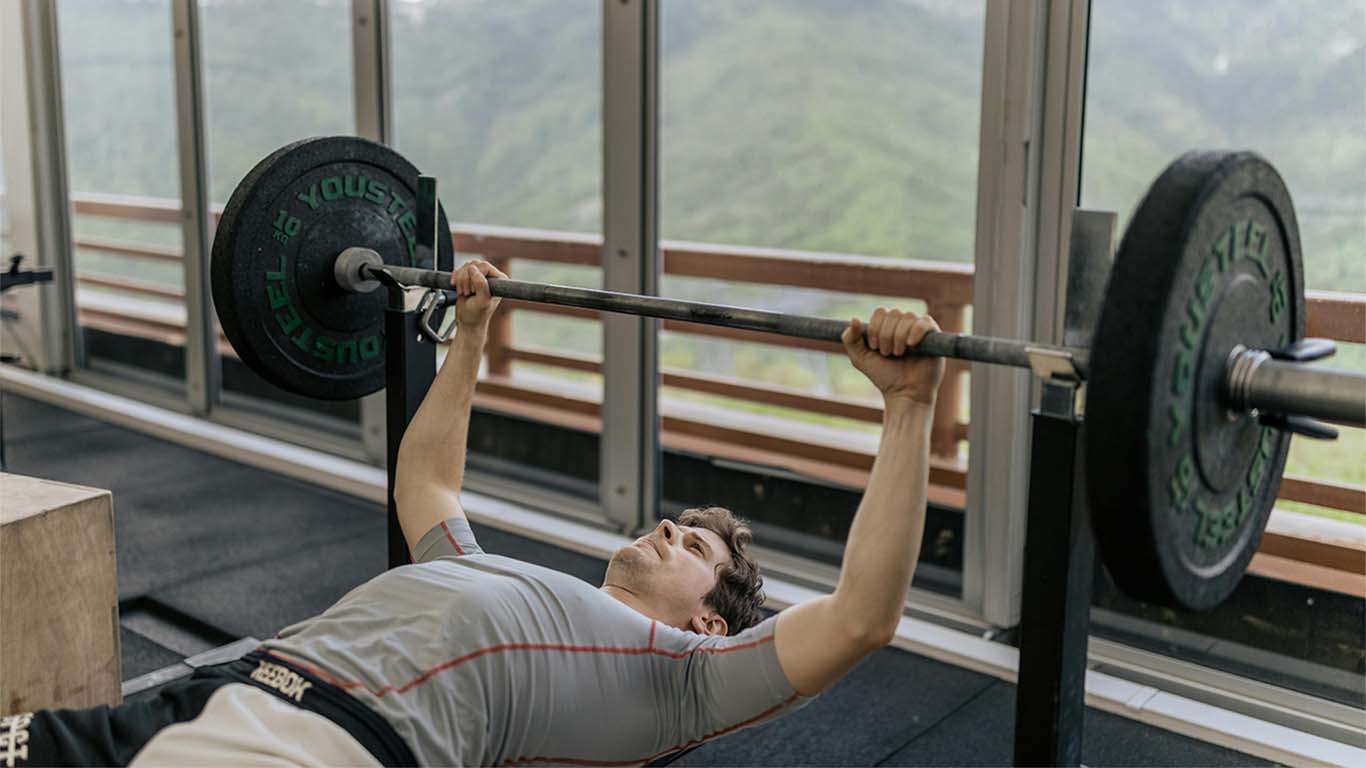
The Ultimate Guide to Building Muscle for Men Over 50
Introduction
Aging may be inevitable, but the decline in strength and vitality doesn’t have to be. For men over 50, building muscle is not only achievable—it’s one of the best things you can do for your health. By training smarter, eating better, and listening to your body, you can feel stronger, more energetic, and more alive than ever before.
Why Building Muscle After 50 Matters
Developing muscle later in life has many benefits that go far beyond appearance. It improves joint function and posture, helps prevent falls by enhancing balance, and supports a higher metabolism, which aids fat loss. Moreover, it can enhance insulin sensitivity, benefit heart health, and provide a powerful boost in confidence and everyday energy levels.
Understanding Your Body After 50
As we age, our bodies naturally go through hormonal changes and experience slower recovery. Testosterone levels may decline, making muscle growth a bit more challenging—but not impossible. Prioritizing recovery becomes essential, and taking care of your joints and tendons is more important than ever. A proper warm-up, good form, and realistic expectations are key to long-term success and injury prevention.
Pre-Workout Essentials
Before beginning any new fitness program, especially after 50, it’s crucial to get a medical check-up. Establishing clear goals, focusing on mobility and flexibility, and setting up a personalized routine helps lay the foundation for sustainable results and minimizes the risk of injury.
The Ideal Workout Plan
For best results, aim for a workout schedule that includes strength training three times a week, paired with two cardio sessions and regular mobility work. A solid strength plan includes compound movements such as squats, push-ups, deadlifts, rows, overhead presses, and planks. For cardio, low-impact options like brisk walking, swimming, cycling, or light HIIT can be highly effective without putting too much stress on the joints.
Sample Weekly Workout
Here’s an example of a balanced weekly workout plan designed for men over 50. It combines strength, cardio, and recovery to ensure optimal progress:
| Day | Workout Type |
|---|---|
| Monday | Full Body Strength |
| Tuesday | Cardio + Stretching |
| Wednesday | Rest or Light Walk |
| Thursday | Upper Body Strength |
| Friday | Cardio + Core |
| Saturday | Lower Body Strength |
| Sunday | Rest or Yoga |
Nutrition Tips
Proper nutrition fuels your progress. Aim to consume 1.0 to 1.2 grams of protein per pound of lean body mass daily. Prioritize whole foods—lean proteins, complex carbohydrates, healthy fats, fruits, and vegetables. Staying hydrated with 8–10 glasses of water per day also helps maintain energy and supports recovery.
Recovery Strategies
Recovery is where the magic happens. Make sleep a priority—7 to 9 hours of quality rest helps repair muscle and regulate hormones. Active recovery like walking, stretching, or swimming boosts circulation without stressing the body. Incorporating stress management techniques like meditation and deep breathing can further support overall wellness.
Helpful Supplements
While not mandatory, certain supplements can enhance your results. Whey protein supports muscle repair, while creatine monohydrate improves strength and endurance. Vitamin D, omega-3 fatty acids, magnesium, and zinc all play roles in muscle function, recovery, and overall vitality—especially for aging men.
Final Thoughts
Getting older doesn’t mean getting weaker. With a strategic approach to training, nutrition, and recovery, you can build muscle, boost your health, and thrive well beyond 50. Start now—your strongest years are still ahead.